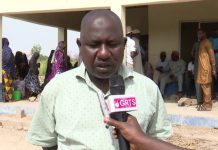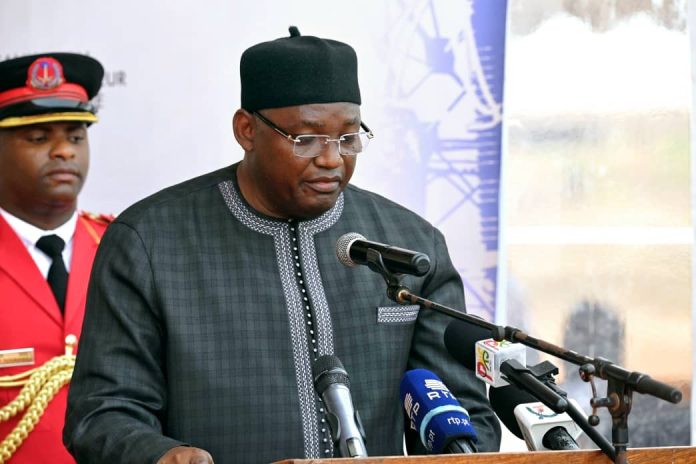By Nelson Manneh
President Adama Barrow on Tuesday presided over the official launch of The Gambia’s Madrassah Integration Strategy, a landmark policy initiative aimed at harmonising religious education with the national formal education system. The government, through the Ministry of Higher Education, Research, Science, and Technology (MoHERST), in collaboration with the World Bank’s RISE Project, unveiled a comprehensive strategy that seeks to modernise Madrassah schools while affirming their significant contributions to the country’s educational landscape. The Madrassah movement, which began in The Gambia in 1963, has grown to encompass more than 400 schools nationwide, with over 160 under the Gambian Islamic Union.
These institutions, which primarily focus on Quranic memorisation and Islamic studies taught in Arabic, have become a vital part of the country’s educational ecosystem, particularly among underserved communities. However, many Madrassahs continue to face resource constraints and systemic barriers that hinder student progression to higher education.
The new integration strategy, endorsed by the Ministry of Basic and Secondary Education and supported by the Islamic Development Bank, promotes bilingual education and outlines specific measures to ensure equal opportunities for Madrassah graduates, especially in Technical and Vocational Education and Training (TVET) as well as Science, Technology, Engineering, and Mathematics (STEM). At the launch event, President Barrow emphasised the government’s commitment to inclusive and equitable education for all Gambians. He said the longstanding separation between formal and religious education systems is being bridged in recognition of the historical contributions of Madrassahs and Majalis to the nation’s moral, spiritual, and academic fabric.
“Today, we are acknowledging their historical contributions and charting a future where these institutions will be fully integrated into the country’s national education architecture,” Barrow stated.
He described the strategy as both a policy milestone and a testament to the nation’s resolve to eliminate educational inequality. Barrow lamented the systemic challenges Madrassah graduates have faced, including limited English language proficiency, narrow pathways to tertiary education, and inadequate access to specialised skill development. These barriers, he noted, have disproportionately affected youth from economically and socially marginalised communities. The President underscored that the strategy aligns with key national and global frameworks, including the Gambia’s National Development Plan (2023–2027), the United Nations Sustainable Development Goal on inclusive and equitable education, the African Union Agenda 2063, and UNESCO’s Global Education Strategy. He announced a series of planned reforms, including the introduction of bridging programs in English and STEM, curriculum reform, enhanced teaching methodologies, expanded TVET and apprenticeship tracks, and strategic institutional partnerships. Alhagie Ousman Jah, President of the Amanna Association, echoed the President’s sentiments, stressing that integrating Madrassah education will equip students with the skills necessary to access the same employment and academic opportunities as their peers in conventional schools. He outlined six foundational pillars for effective integration: increasing resources for existing Madrassahs, improving leadership and governance, enhancing information sharing, elevating teaching and learning standards, expanding infrastructure, and strengthening project management. “These pillars,” he said, “are essential for shaping the future of Madrassah education and ensuring its rightful place within the Gambian national education framework.”
| ReplyReply allForwardYou received this via BCC, so you can’t react with an emoji |


















